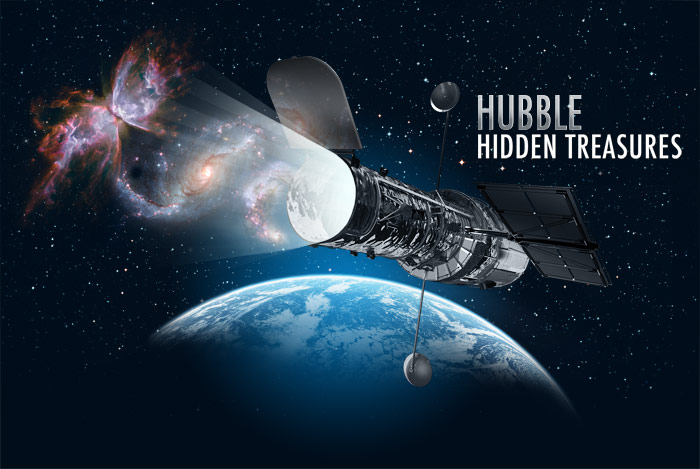 |
What is image processing?Hubble takes pictures which capture many more colours and gradations of light and dark than the human eye (or consumer digital cameras) can see. There are also quirks in how its cameras work, because they were designed to make scientifically useful observations rather than being optimised for pretty pictures. While most of these quirks have already been corrected in the data you find in the archive, these images are still scientific data rather than photographs like those from a normal digital camera. In particular, they still contain far more information than the eye can see. The beautiful Hubble images that we all know have all been extensively tweaked and optimised by hand, in order to reveal as much of the data as possible, for example by brightening the glowing gas in nebulae or compressing the dynamic range of galaxy images so that the core and spiral arms can both be seen equally clearly. Image processing is the name for this process of selecting data, adjusting colour, contrast and dynamic range to reveal the hidden detail in Hubble’s scientific data. This site has information to get you started with image processing, both using the simple online tools, or, if you’re up for a challenge, using the same professional software that imaging experts at NASA and ESA use to prepare Hubble’s most famous images. Read more: |